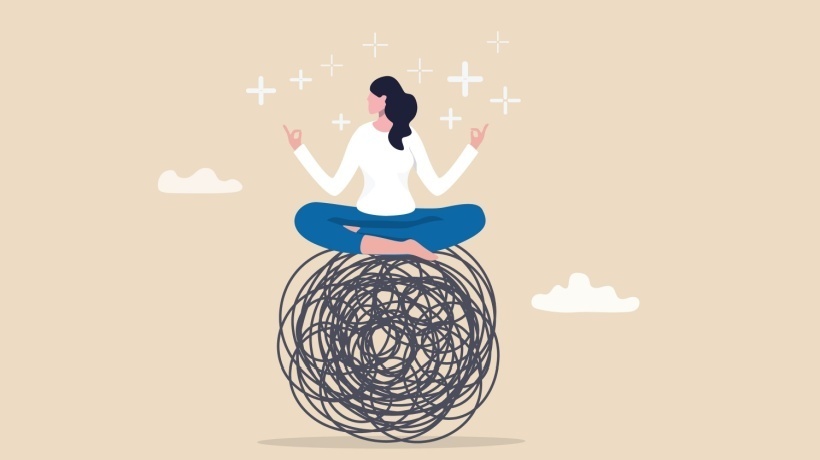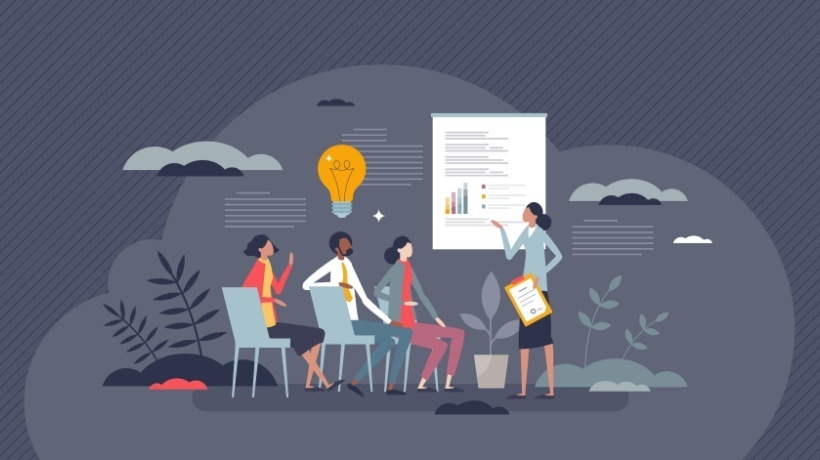How To Best Integrate A Mindfulness Training Feature In An mLearning App
The growth of the eLearning industry and Learning Management Systems have seen a sudden leap in the past few years. It is the growing number of mobile users across the globe that is driving this surge in the learning industry. Open source platforms like Kai OS, have blown a new life into feature phones and have made them smart. These factors combined with the innovations in the field of mobile app development have made smartphones an indispensable asset even in the least developed nations.
The education sector is touted to be the game changer for a better and prosperous future. The investments in this sector are also increasing proportionately. There are already many eLearning products in the market telling you how to develop a learning culture. But all of them are missing a built-in mindfulness feature, that increase the capacity of the learners to imbibe knowledge. With this mindfulness feature, they can improve their concentration, productivity per hour of learning, retention of facts better and develop intelligence that can drive research and development.
Mindfulness is today an established technique to improve the quality of your life. Modern researches in clinical psychology prove the intangible benefits that mindfulness can accrue to you as an employee, as a student and most importantly as a human being. Mindfulness techniques are as old as Buddha or even older. There are plenty of methods which can be blended into mLearning apps to rejuvenate users. Here, we discuss some of the techniques which can be fused into your learning app to revolutionize learning and give it a universal appeal.
Some Techniques For Student Learning Apps
1. The Sudden Stop
Students are now spending an alarming chunk of their time on-screen. Recently, a Facebook learning app got into a tight spot, as it created health issues in the little users. A meditative technique like the sudden stop could have prevented this screen addiction and its consequences. When you integrate "the sudden stop" technique into your eLearning or mLearning app, take care to provide it at as pauses in their learning cycles. For example, after going into the learning app for say 30 minutes, introduce this session. In the sudden-stop technique, the core process is to stop whatever activity you are doing suddenly. Design the feature such that, it would ask the students to get on a soft bed and dance, you may provide a piece of background music, and when the app shouts stop, they stop altogether. They simply have to fall into bed and remain there like a statue as long as the app says "relax". You may try other variants of actions, but the core principle of this ancient Buddhist technique is to cease activity when in the midst of it.
2. The Mindful Breathing
A very popular technique in the West. It can be introduced before the learning sessions or at interim periods. This technique can be miraculous when exams are approaching; it will ease students and improve their learning abilities in those otherwise stressful periods. The method, when blended as an exercise with voice assistance and various levels of activity, is ideal. In the first level, the student needs support in observing his/her breathing for 1 minute and then feedback on the level of calmness be noted. In the second level, it could be made 2 minutes and like that maximum, up to 45 minutes can be allotted.
Some Techniques For Employee Learning Apps
1. The Looking Technique
Employees are generally dustier when compared to the freshness of children. Hence, this technique, which is to help them get back those child-like keen eyes. In this technique, the employees are guided to look at things or people whom they see everyday or new items. But the point is to "look at them as if seeing for the first time". The principle of this technique is that "nothing is old in this universe". Every moment a change is happening, the same desk has added to it what time and environment can add to it. Just look at the painting here, do you know whose shoes they are?
They are the shoes of Vincent Van Gogh, he paints his battered shoes with a freshness, because his eyes could see it, they had the child-like flare in them. They were just a pair of shoes but the painting is beyond words. This technique can make your users creative and great learners. You can take care of this feature while creating the mobile app so that it includes the daily routine of your user and by sending him regular reminders to see with fresh eyes. A daily survey to report the level of freshness they felt can be used to monitor their progress.
2. The Hearing Technique
Employees need the motivation to learn new things. But unless they are self-motivated, all external motivation falls on deaf ears. In this method, the user is asked to close his/her eyes and listen to the sounds around them. The app interface assists the user to feel the sounds as if they are the center towards which the sound is flowing. The user has to hear the sounds around him as the center. Because the center is soundless and only a soundless can listen to a sound. One sound cannot hear another sound. Then, after a month of listening to sounds, change the exercise to listening to the negative sound. A negative sound is the one that we hear with our ears wholly closed. Then after a month reverse it. The reversal is essential so that the user moves between two extremes and hence becomes lively and aware. The activity can be initially 5 minutes long and can be extended to a few hours daily.
The eLearning industry is thriving on the back of unprecedented growth of internet-led technologies. But, a critical analysis will reveal that it is pretty lopsided. It is more concerned with the brain and its development. Thus, it ignores the psychological and emotional well being of learners to a great extent. Amalgamating these features into your eLearning and mLearning apps can truly change the quality it delivers to your users not just in terms of learning but in terms of life itself.









